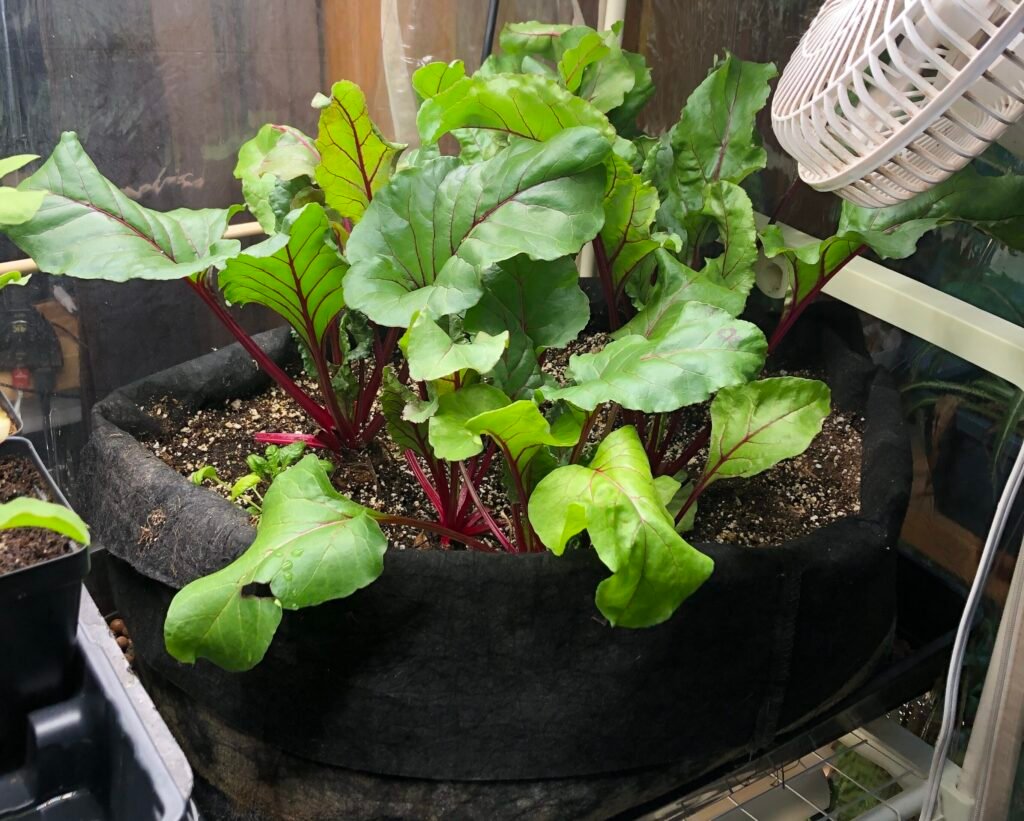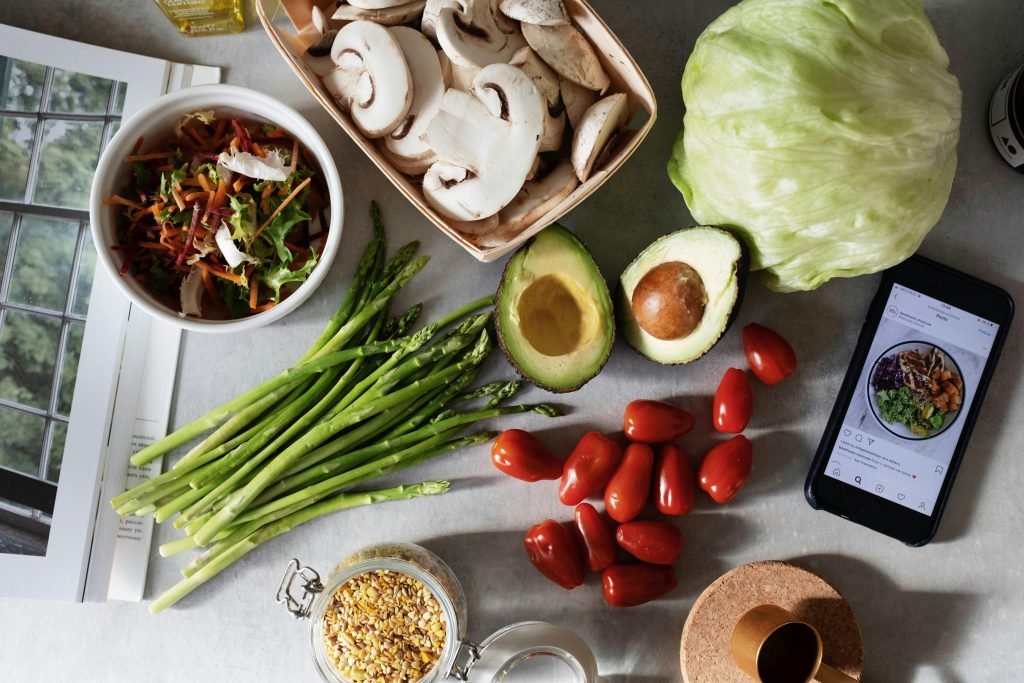Managing Postural Orthostatic Tachycardia Syndrome (POTS) often involves strategic lifestyle choices, including nutrition and hydration. Fresh, homegrown juicing greens can provide essential nutrients that support circulatory stability, autonomic regulation, and overall health.
If you’re looking for the easiest greens to grow at home, this guide covers the best options, cultivation tips, and how to integrate them into your juicing routine for maximum benefit.
Why Grow Your Own Juicing Greens for POTS?
Growing your own juicing greens ensures freshness, nutrient density, and chemical-free consumption, all of which can help maintain hydration and improve blood circulation.
What is your goal with salt intake for your POTS?
Benefits for POTS Management
- Rich in magnesium and potassium – Essential minerals for regulating blood pressure and preventing dizziness.
- Anti-inflammatory properties – Reduce circulatory stress and autonomic dysfunction.
- Hydration support – High water content helps combat symptoms of dehydration.
- Customizable nutrient profiles – Grow specific greens to suit your dietary needs.
- Cost-effective and sustainable – Avoid store-bought produce that loses nutritional value over time.
Best Juicing Greens to Grow at Home
Growing nutrient-packed greens requires minimal space, effort, and investment, making them ideal for home-based juicing. Below are the best options for easy indoor cultivation, categorized by growth difficulty and care requirements.
Easiest to Grow
These greens are fast-growing, hardy, and require minimal maintenance, making them perfect for year-round indoor juicing gardens.
* – indicates my own choices for year-round success and ease. Results vary worldwide.
Beets (Beet Greens) *
- Contains: Iron, magnesium, and nitrates for blood circulation support.
- Grows well in: Indoor containers with consistent moisture.
- Tastes: Mildly earthy but blends well with other greens in juice recipes.
- Bonus: Cut-and-come-again variety—harvest multiple times from a single plant. Bonus of the Beet Root when the plant is nearing its end of cycle.
Swiss Chard
- Contains: Magnesium, potassium, and vitamin K, supporting vascular health.
- Grows well in: Moderate sunlight with continuous harvests throughout the season.
- Tastes: Slightly sweet yet mild, making it great for juicing blends.
Lettuce (Romaine & Butterhead)
- Contains: Hydrating properties that help maintain electrolyte balance for POTS management.
- Grows well in: Cooler indoor temperatures with quick growth cycles.
- Tastes: Light and refreshing, perfect for blending with stronger greens.
Wheatgrass *
- Contains: Chlorophyll, a powerful detoxifier supporting oxygen transport and cellular health.
- Grows well in: Indoor trays with consistent moisture—super easy from seed.
- Tastes: Potent and grassy, often consumed as juice shots for POTS recovery.
- Note: Requires extra prep for juicing, but delivers strong health benefits.
Easy to Grow but Requires More Care
These greens are nutrient-rich but need longer growth cycles or specific care routines to thrive indoors.
Kale *
- Contains: Antioxidants, vitamin C, and potassium for circulatory stability.
- Grows well in: Varied climates, but takes longer to establish from seed.
- Tastes: Robust and earthy, ideal for nutrient-dense green juices.
Can Be Challenging to Grow Indoors
These greens thrive in cooler temperatures and may be harder to maintain in an indoor setting without proper climate control.
Spinach
- Contains: Iron, magnesium, and folate, crucial for blood pressure regulation and fatigue management.
- Grows well in: Partial shade with cool temperatures, making indoor growth tricky.
- Tastes: Mild yet slightly savory, perfect for smooth green juice blends.

How to Grow Juicing Greens at Home
Choosing the Right Growing Method
- Container gardening – Perfect for limited space and controlled environments.
- Hydroponics – Soil-free systems ensure year-round growth with optimal nutrient absorption.
- Fabric beds – Ideal for larger-scale indoor growing, maximizing yield.
Soil & Watering Requirements
- Use nutrient-rich soil with organic compost for optimal growth.
- Keep soil moist but not soggy to prevent root rot.
- Consider self-watering planters for low-maintenance care.
Light & Temperature Considerations
- Most greens thrive in partial to full sunlight, depending on the variety.
- Monitor temperature fluctuations to prevent stress-induced growth delays.
- If growing indoors, use LED grow lights for consistent results.
Harvesting & Storage
- Cut only what you need, before you make juice. That way it’s freshest.
- Pick leaves frequently to encourage continuous growth.
- Store greens in airtight containers or freeze for long-term use.
- Blend fresh harvests immediately for maximum nutrient retention.

GnarlyTree | DIET AND EATING
Balance Macronutrients for POTS | Smart Eating for Symptom Control
Understanding the Role of Macronutrients in Diet Nutrition When managing POTS, proper diet nutrition is a vital piece of the puzzle. A well-balanced diet macronutrients for POTS can help reduce...
Frequently Asked Questions
Why are juicing greens beneficial for POTS?
Juicing greens provide essential minerals, hydration, and circulation support, helping manage lightheadedness, blood pressure fluctuations, and fatigue.
What’s the easiest green to grow for juicing?
Beet Greens and lettuce are beginner-friendly, requiring minimal space and effort for continuous harvests.
How often should I drink juiced greens for POTS benefits?
Aim for daily consumption or several times per week, adjusting based on your body’s response.
Can I grow juicing greens indoors year-round?
Yes! Use container gardening or hydroponic setups with grow lights to ensure consistent growth.
Do I need soil to grow wheatgrass for juicing?
No—wheatgrass thrives in soil-free trays, making it ideal for indoor cultivation.
How do I store fresh greens for juicing?
Cut only what you need, before you make juice. That way it’s freshest. But when needed: Store in sealed containers in the fridge, or freeze portions for long-term preservation.
Is it better to juice greens or blend them?
Juicing extracts nutrients quickly, while blending retains fiber for gut health and digestion support.
What other ingredients pair well with juicing greens?
Lemon, cucumber, ginger, and coconut water enhance flavor and electrolyte balance.
Can I juice greens without a juicer?
Yes! Use a high-speed blender and strain through a mesh bag for a smooth juice texture.
Final Thoughts
Growing your own juicing greens for POTS offers a cost-effective, nutrient-dense way to support circulatory health and symptom management. Whether you prefer spinach, kale, lettuce, or wheatgrass, cultivating fresh greens at home ensures maximum nutritional benefits and accessibility.
By incorporating homegrown greens into daily juicing routines, individuals with POTS can optimize hydration, stabilize blood pressure, and enhance autonomic balance, all while enjoying a fresh and flavorful health boost.
Start growing your easiest greens today, and take control of your nutrition and well-being—one sip at a time.



